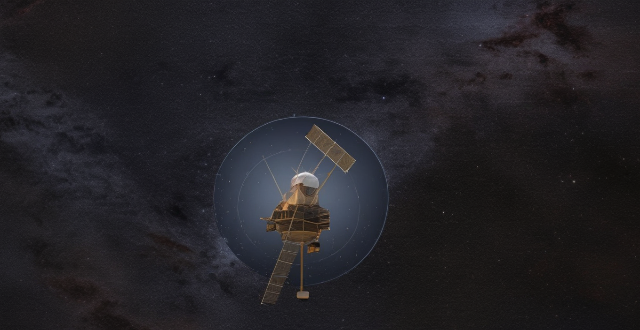Time Earth

How will commercial space tourism change the way we view Earth and space ?
The advent of commercial space tourism is set to revolutionize our understanding of both Earth and space by making space travel more accessible. It allows us to view our planet from a different perspective, fostering a greater sense of global awareness and interconnectedness, as well as an appreciation for the fragility and beauty of our planet. Additionally, it provides the opportunity for people to experience space firsthand, leading to a deeper understanding of the challenges and opportunities presented by space exploration, renewed interest in science and technology, and increased demand for education in STEM fields. Overall, commercial space tourism has the potential to change the way we view Earth and space by providing unique perspectives and experiences that can help us better appreciate our planet and expand our understanding of the universe beyond.

How do communication satellites enable real-time data transmission and monitoring ?
Communication satellites play a crucial role in enabling real-time data transmission and monitoring by serving as relay stations in space that can receive signals from one location on Earth and transmit them to another location. This is achieved through a complex system of technology, infrastructure, and protocols. Satellites are positioned in orbits around the Earth, either in geostationary orbit (GEO) or lower Earth orbit (LEO). Geostationary satellites remain fixed over a specific point on the Earth's surface, while LEO satellites move relative to the Earth's surface. The process begins when a signal, such as a phone call, internet data, or video feed, is generated at a source location. The signal is then sent via a ground station, which has powerful transmitters and antennas, up to the communication satellite using radio waves. Once the satellite receives the signal, it amplifies and frequencies it to avoid interference with other signals. The amplified signal is then transmitted back down to Earth, where another ground station receives it. Finally, the received signal is distributed to its intended destination, such as a phone network, the internet, or a monitoring station. Real-time monitoring is facilitated by the speed at which data can travel via satellite. With modern technology, latency (the time delay in signal transmission) can be minimized, especially with LEO satellites due to their closer proximity to Earth. Satellites can also be networked to provide redundancy and increased bandwidth for large-scale monitoring systems. Key technologies and infrastructure include ground stations, satellite design, network protocols, and satellite constellations. However, there are challenges and considerations such as weather impact, geographical constraints, and regulatory issues. In summary, communication satellites enable real-time data transmission and monitoring by acting as high-altitude relay stations, utilizing advanced technologies and infrastructure to deliver signals across vast distances with minimal delay.

What kind of experiences can one expect during a space travel journey ?
Space travel is a unique and extraordinary experience that allows individuals to explore beyond Earth's atmosphere. The journey includes extensive training, health check-ups, the thrill of liftoff, weightlessness, viewing Earth from a different perspective, scientific experiments in microgravity conditions, and a safe return to Earth. It offers unforgettable experiences that leave a lasting impression on those who embark on it.

What is satellite communication and how does it work ?
Satellite communication is a method of transmitting information over long distances using artificial satellites. These satellites orbit the Earth and act as relay stations, receiving signals from one location and transmitting them to another. The process involves a transmitter sending a signal to a satellite, which then retransmits it to a receiver on Earth. This technology has revolutionized global communications, allowing people to connect with others across the world in real-time.

What are the different types of communication satellites and their uses ?
Communication satellites are categorized into different types based on their orbital positioning and services they offer. These include Geostationary Earth Orbit (GEO), Medium Earth Orbit (MEO), Low Earth Orbit (LEO), Highly Elliptical Orbit (HEO), Geosynchronous Transfer Orbit (GTO), and Polar Orbit (PO) satellites. Each type serves specific purposes such as telecommunications, weather monitoring, navigation, internet access, Earth observation, space exploration, aeronautical navigation, and more. Examples include INSAT, Intelsat, O3b Networks, Iridium NEXT, Starlink, OneWeb, Molniya, NOAA's GOES series, NASA's Terra and Aqua satellites.